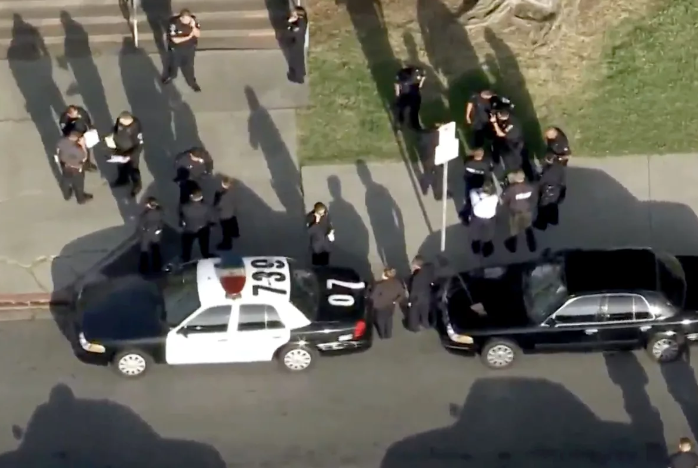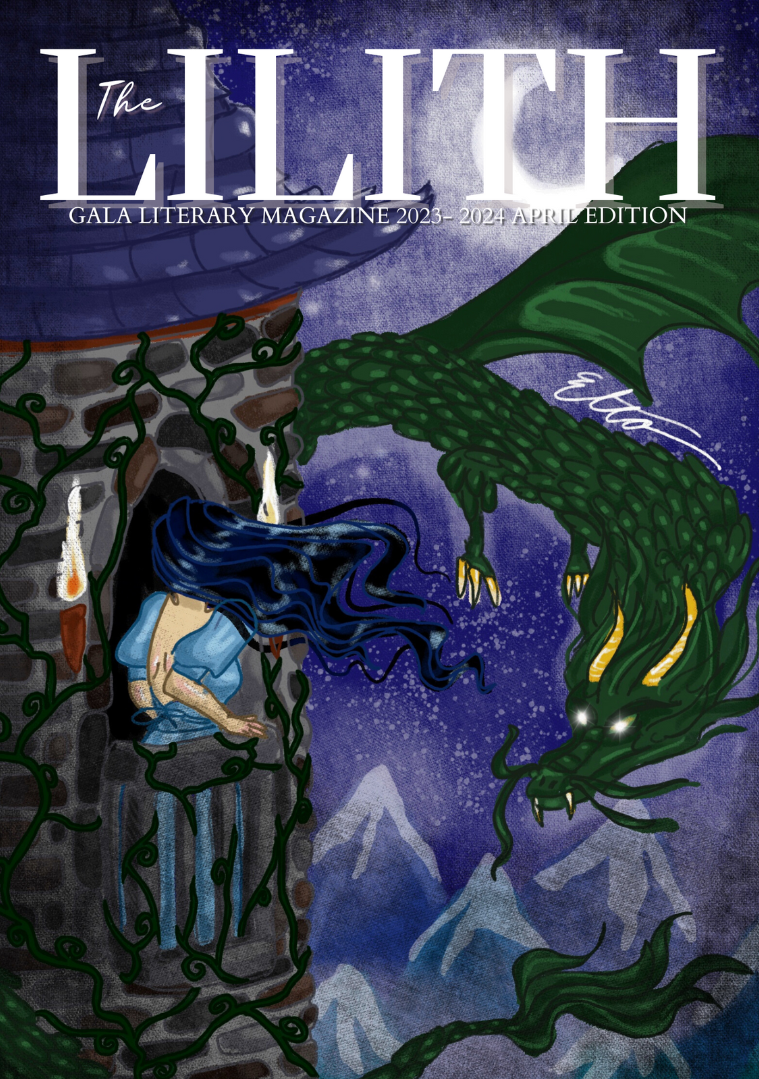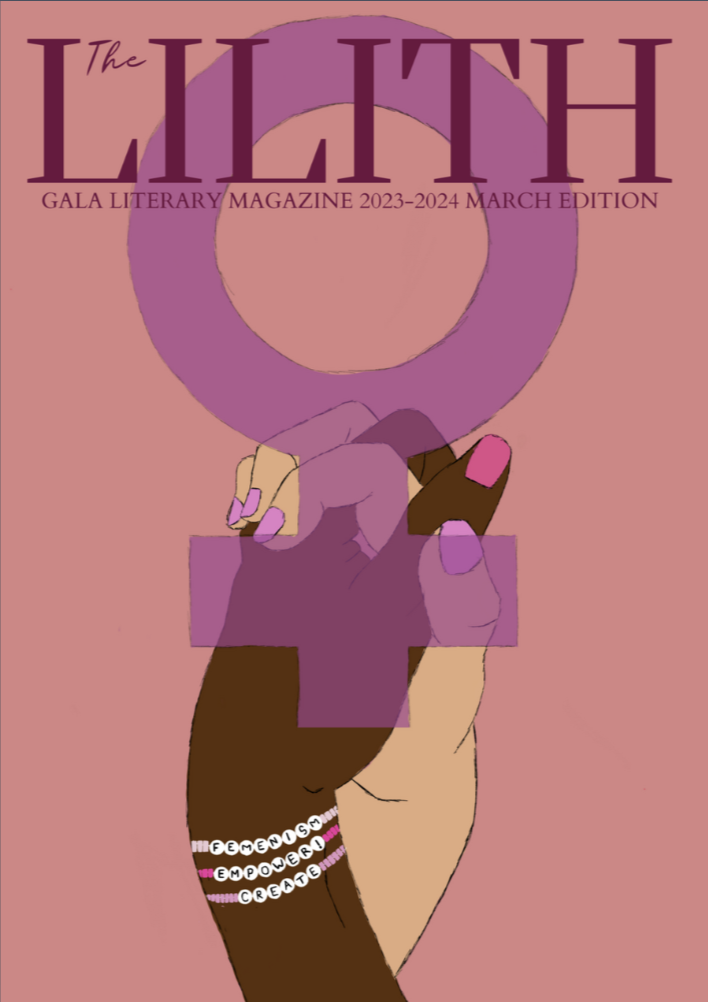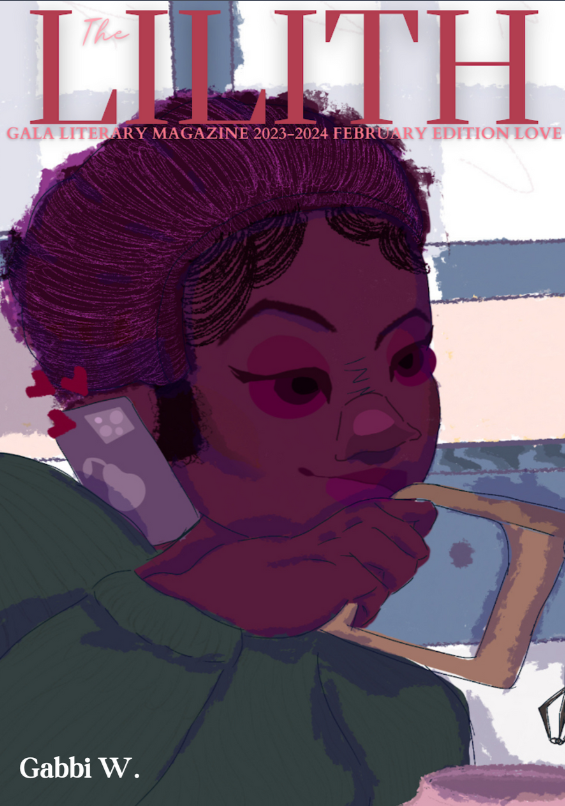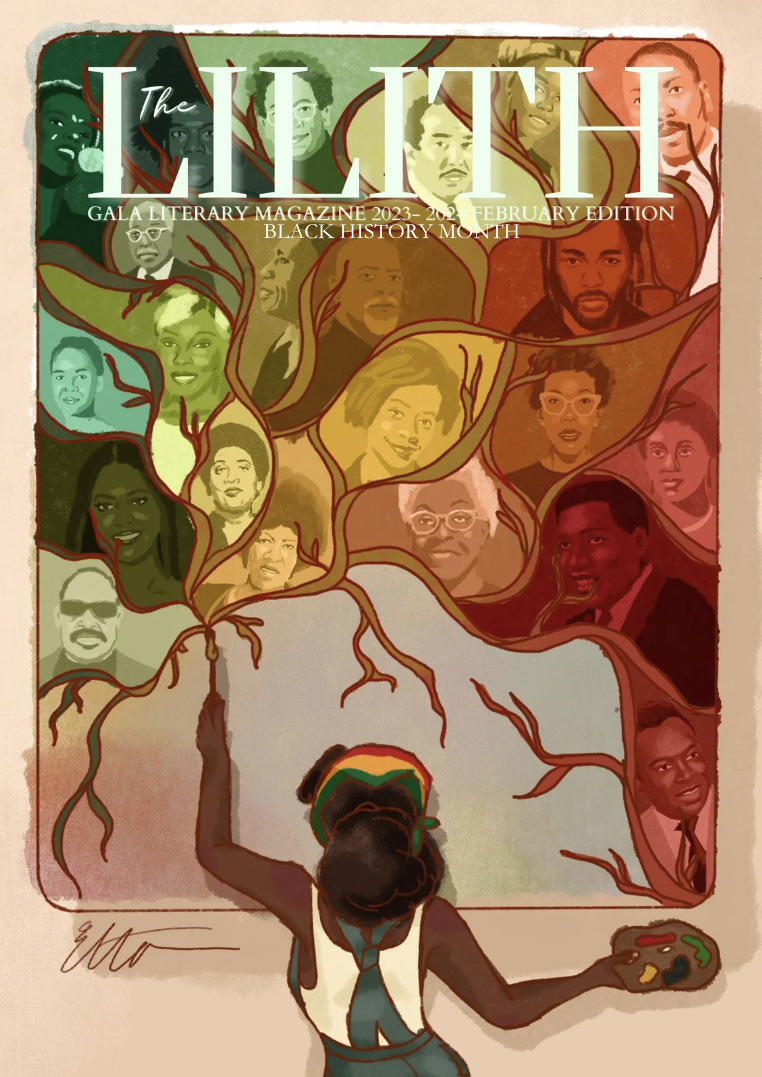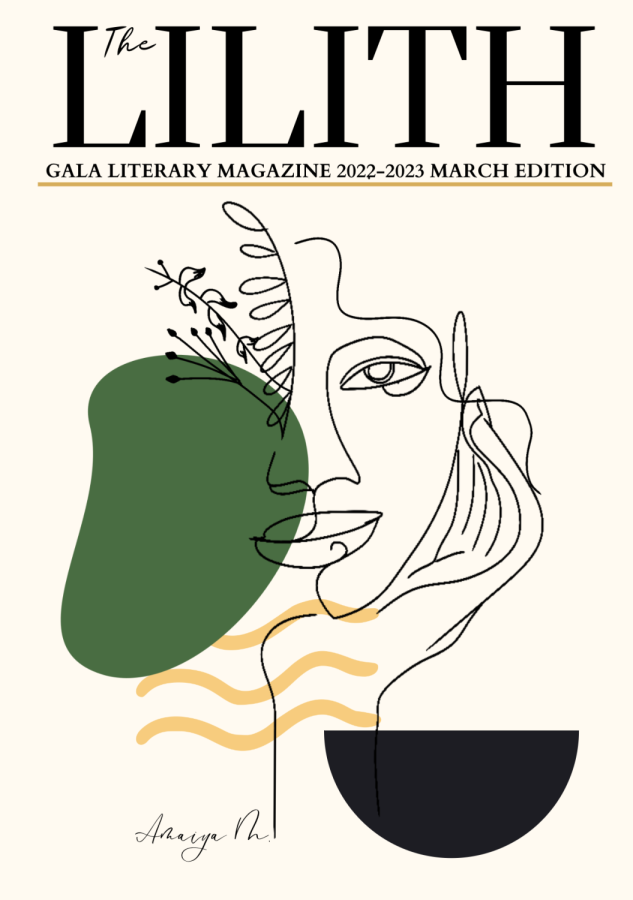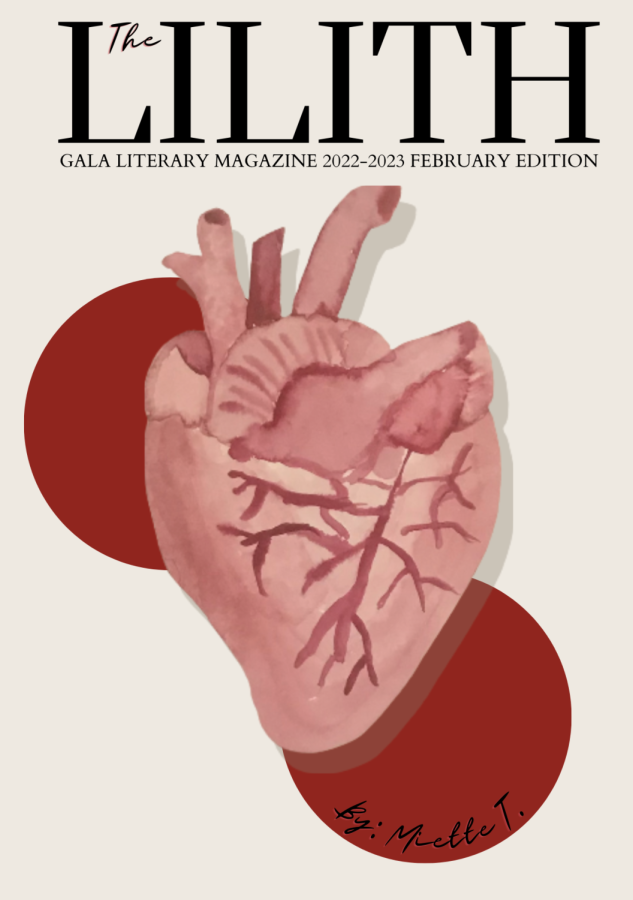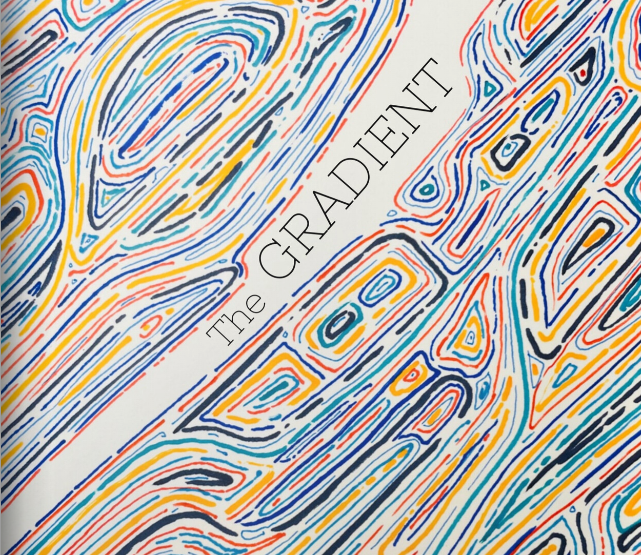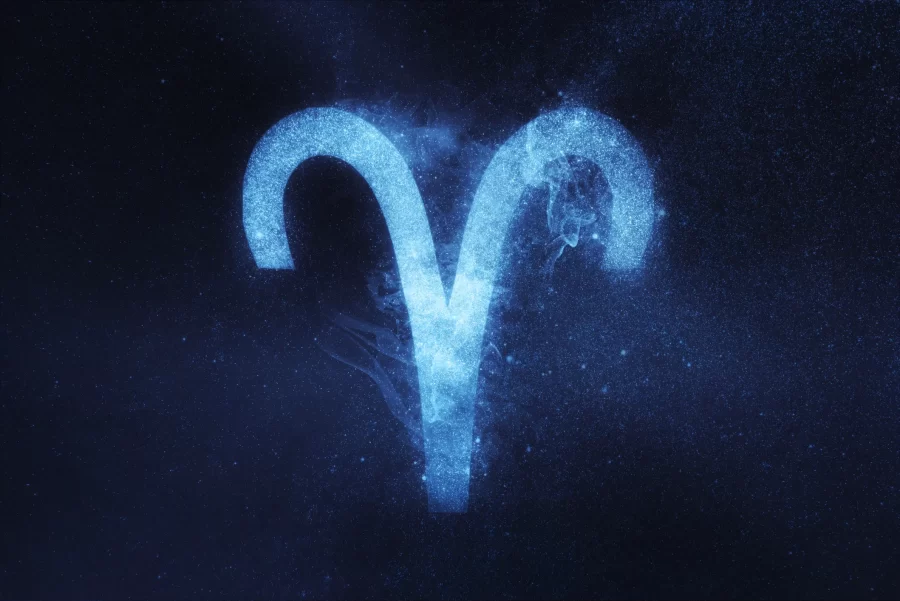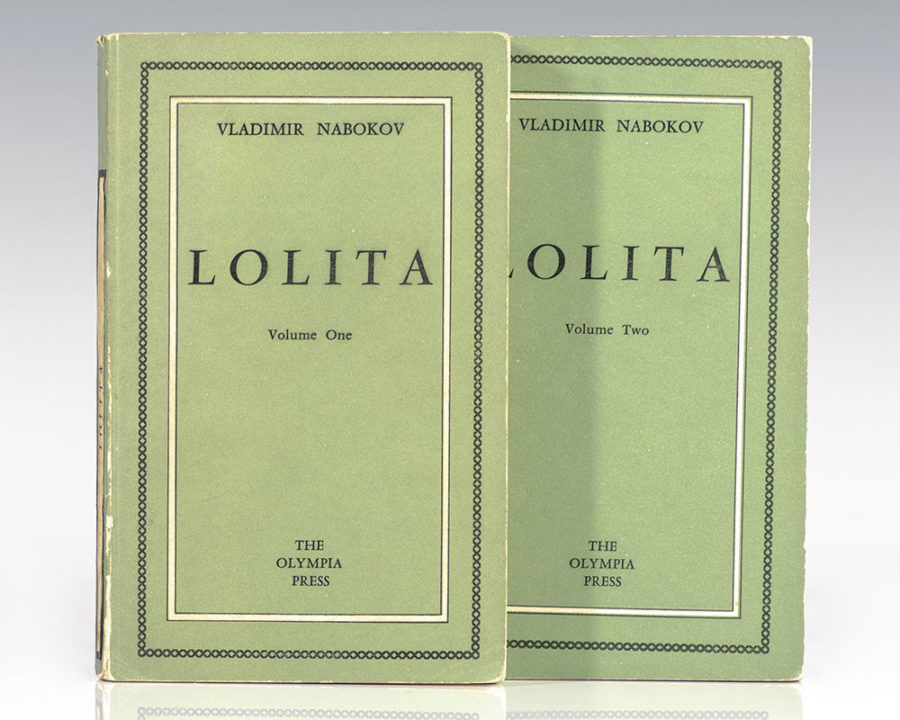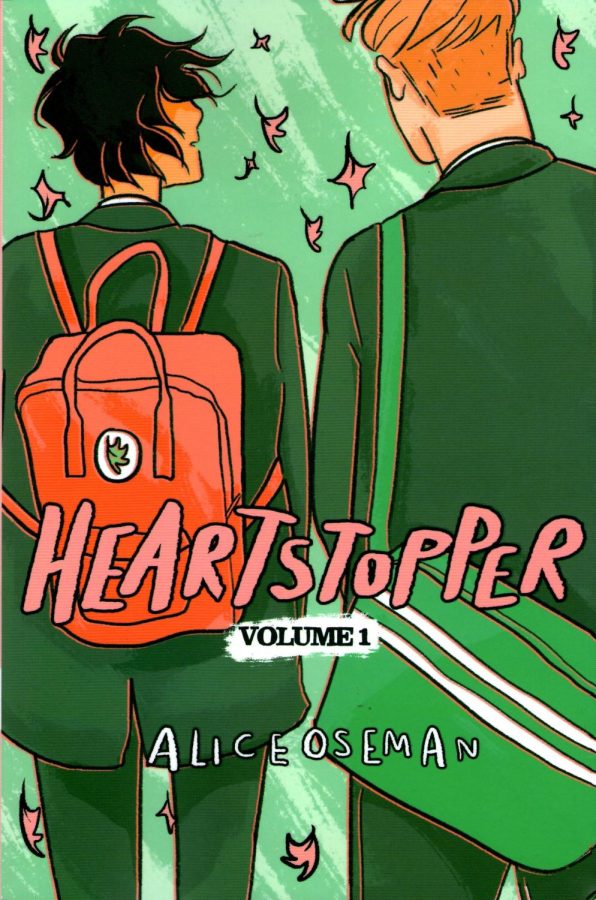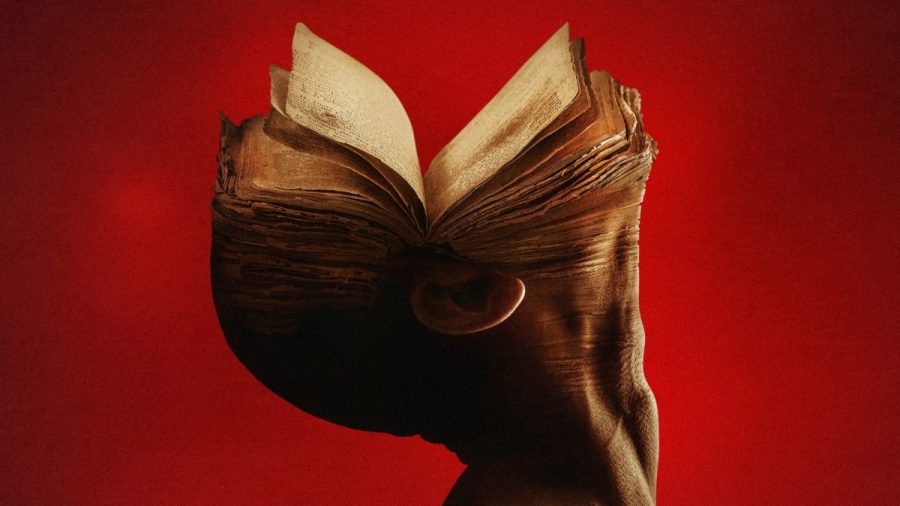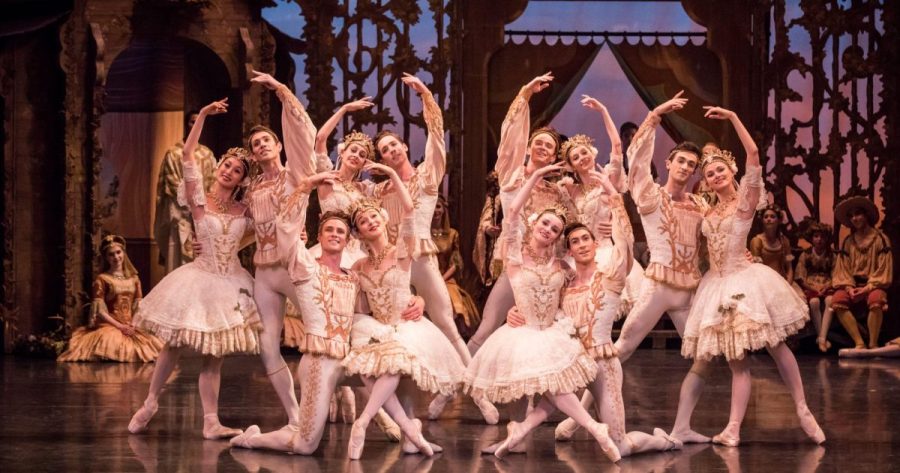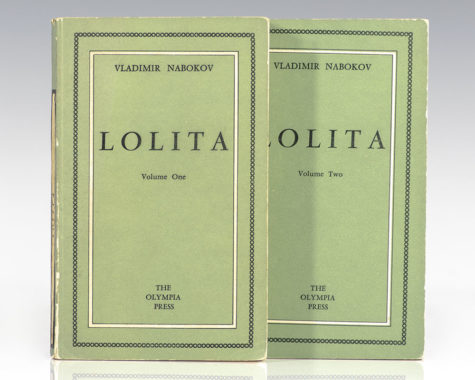The Story of Coppélia: A Ballet
Ballet is a beautiful art form that has evolved from elaborate court dances to portrayals of fantastical tales. Many of the stories that have been made into ballets are popular on their own as fairy tales, such as Sleeping Beauty and Red Shoes. However, there are some beloved ballets whose stories are unknown to those outside the dance world. One of these stories is Coppélia.
The story of the ballet Coppélia was based on the short story “Der Sandmann” by E.T. A. Hoffmann. This story follows the main character of Nathanael and starts with a series of letters between him, his fiance Clara, and her brother Lothar.
In these letters, Nathanael recalls his childhood fear of a creature called The Sandman, said to come at night and steal the eyes of children, and the appearance of a man named Coppelius working in his father’s room some nights. This man once attacked Nathanael, threatening to take his eyes, and later killed his father before disappearing. At present, Nathanael is away at University and meets a man named Coppola, who he believes to be his father’s killer. Though Clara and Lothar try to dissuade him, Nathaneal becomes obsessive, going through phases where all he talks and thinks about are Coppelius and Coppola.
Once back at university, Nathanael becomes enamored with a girl named Olimpia, the daughter of one of his professors, forgetting about Coppelius and Coppola. But one day he discovers the professor and Coppola fighting over the body of Olimpia, arguing about who made what parts of her. Nathanael then realizes that Olimpia has been a doll the entire time. He returns home seemingly returned to normal, but when he and Clara go for a walk one day, he attempts to throw her on the ground like a doll and Lothar must rush in to save his sister.
The story ends with Nathanael throwing himself off a parapet to his death, while Coppelius watches and Clara lives to happily marry someone else.
The ballet adaptation is a little more of a lighthearted story, which centers around a pair of engaged villagers – Swanhilda and Franz. As with most ballets, every company and choreographer tells the story slightly differently, but most follow rather closely to this story.
In Act I, a town festival is being thrown to celebrate the arrival of a new bell, and it is announced that, when it arrives, anyone who becomes married will be awarded a special gift of money. Swanhilda and Franz plan to marry during the festival. However, Swanhilda becomes upset with Franz because he seems to be paying more attention to a girl sitting motionless on the balcony of a nearby house, named Coppélia. The house is that of an inventor, Doctor Coppélius. Franz is mesmerized by the girl’s beauty and wishes to attract her attention.
Later on, Dr. Coppelius leaves his house without realizing that he has dropped his keys in the melée. Swanhilda finds the keys, and she and her friends decide to enter Dr. Coppelius’ house. Meanwhile, Franz develops his plan to meet Coppélia, climbing a ladder to her balcony.
In Act II, Swanhilda and her friends find themselves in a large room filled with life-size mechanical dolls. They quickly wind them up to watch them move. Swanhilda also finds Coppélia behind a curtain and discovers that she, too, is a doll.
When Dr. Coppelius returns home to find the girls, he kicks them out for trespassing and disturbing his workroom. However, upon noticing Franz at the window, Coppélius invites him in with secret intentions. The inventor wants to bring Coppélia to life with magic but, to do that, he needs a human sacrifice. After drinking wine laced with sleeping powder, Franz falls asleep, and Dr. Coppelious prepares to take Franz’s spirit and transfer it to Coppélia.
However, Swanhilda is still there, hidden behind a curtain. To save her fiance, she dawns Coppélia’s clothes and pretends that the doll has come to life. She wakes Franz and then winds up all the mechanical dolls to aid their escape. Dr. Coppelius is left confused and then saddened when he finds a lifeless Coppélia behind the curtain.
In Act III, Swanhilda and Franz are preparing to make their wedding vows when an angry Dr. Coppelius appears, demanding reparations. Regretting the hurt she caused the man, Swanhilda offers Dr. Coppelius her dowry in return for his forgiveness. However, Franz steps in, telling Swanhilda to keep her dowry, and offers personally to pay Dr. Coppelius instead. At that point, the mayor intervenes and gives Dr. Coppelius a bag of money. Swanhilda and Franz are then married and the entire town celebrates by ringing the bells and dancing.
Though the story is not as well known as some of the ones commonly read at bedtime, Coppélia is a tragic tale of magic, jealousy, and love, performed for generations to audiences around the world. Should you ever have the chance to see this touching story, I can’t recommend it enough.

Hana is a sophomore at Girls Academic Leadership Academy, and she’s been a Goddess since sixth grade. This is her second year in the high school journalism...

































